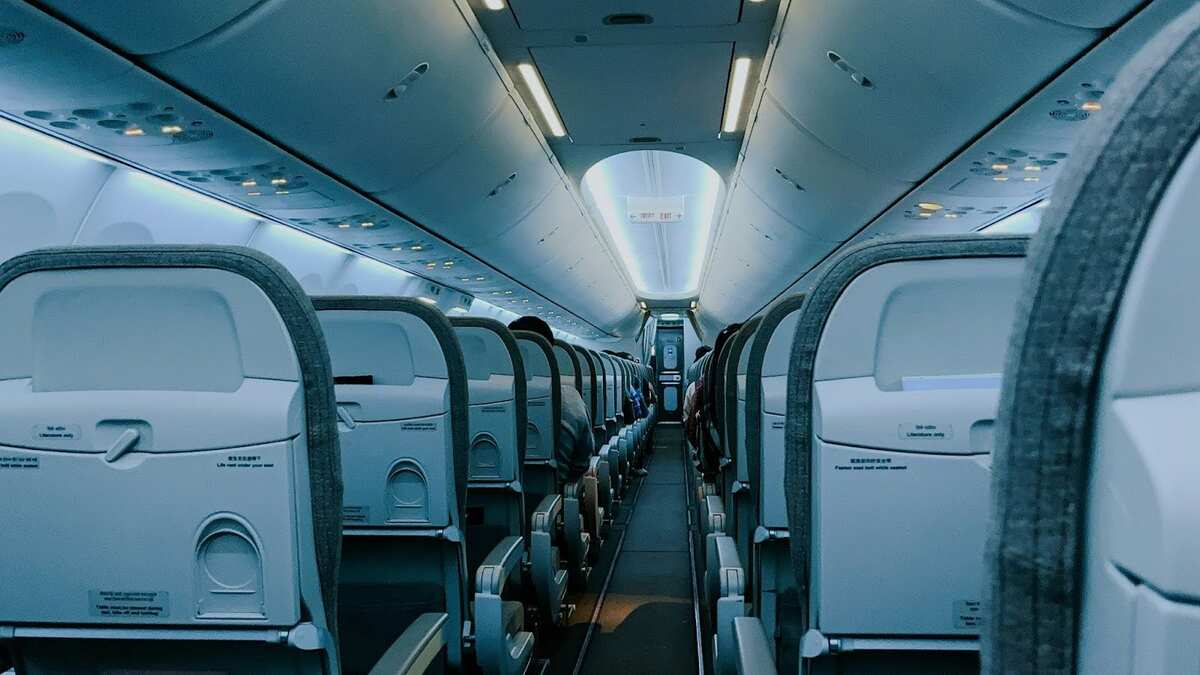August 15, 2011 Sandakan.
Today marks the end of World War II 66 years ago.
On 18 July 1942, the Yubi Marua, a rusty tramp steamer with no portholes arrived at Sandakan after a 10 day nightmare voyage with 1500 prisoners, mostly Australians who were captured by the Japanese in Singapore.
It was not until the afternoon that half of the prisoners were ordered to disembark and line up at the Town Padang. At about half-past five, batches of 44 prisoners were ordered to march under heavy guard up the hill to the St. Michael Church where they spent the night. The next day, they were ordered to march to the Mile 8 camp. More prisoners arrived in early 1943, this time mainly British. Soon after, most of the officer prisoners were moved to Kuching leaving behind 2,500 to endure one of the most horrific war time atrocities in Sandakan.
As Allied forces began advancing in the Pacific in early 1945, the airstrip was bombed and destroyed. The prisoners, who were used as forced labour to build the airfield were no longer needed. The Japanese decided to move the POWs into the interior.
The first Sandakan Death March began in late January 1945 with 455 prisoners. Only about 340 reached their destination at Paginatan or Ranau while about 115 died en route. For every 15 POWs who died, the Japanese lost 10 soldiers.
536 prisoners were forced to embark on the second death march on 29 May 1945. About 100 were used as laborers to carry rice and other provisions. The march lasted 26 days with an even higher death toll due to the poor health of the prisoners. Only 181 reached Ranau. Survivors were murdered on 27 August near the Muanad River.
75 prisoners were forced to make the third death march on 15 June 1945. None made it beyond 50 kilometers of Sandakan, being too weak and ill.
Each year, more and more visitors came to pay their tribute to the fallen soldiers. As Mr. Miles Kupa, Australian High Commissioner to Malaysia said in his address,” The Story of Sandakan is one of the most tragic in Australia’s World War II engagement. It is the story of a man neglected for too long. The story is becoming increasingly prominent in the Australian consciousness.” He continued, “The main focus has always been on the events in the war history such as Gallipoli in the western front and the death railway in Thailand, but Sandakan should have equally strong place.”
This year 14 members of the British Royal Artillery will walk the 164 miles death march route leaving straight after the service arriving at the Ranau Memorial on 25 August. The team is headed by Mejor Claire Curry. On 27 August 2011, poignantly the same day the POWs were executed at Sandakan and Ranau in 1945, the Royal Artillery will be unveiled and dedicated at the Kundasang War Memorial.
Reading the ode of Remembrance is Mr. Graham Edwards, a former MP and a Minister of Perth W.A. He was wounded twice in Vietnam, the second time losing his legs to a “jumping jack” anti personnel land mine.
Like previous year, young boys and girls of the uniform groups lined the route up to the memorial. They greeted all the visitors with broad smiles and “Good Morning”. They also assisted in the laying of wreaths.
The National Anthems of the three participating countries were played by the Royal Malaysian Police band, Sabah Contingent. Thumbs up to the police officer who played the “Last Post” and “Reveille”.
The service ended at around 8.45 and breakfast was served at the Pavilion grounds.
Video by Raymond Jim, Citizen Journalist











